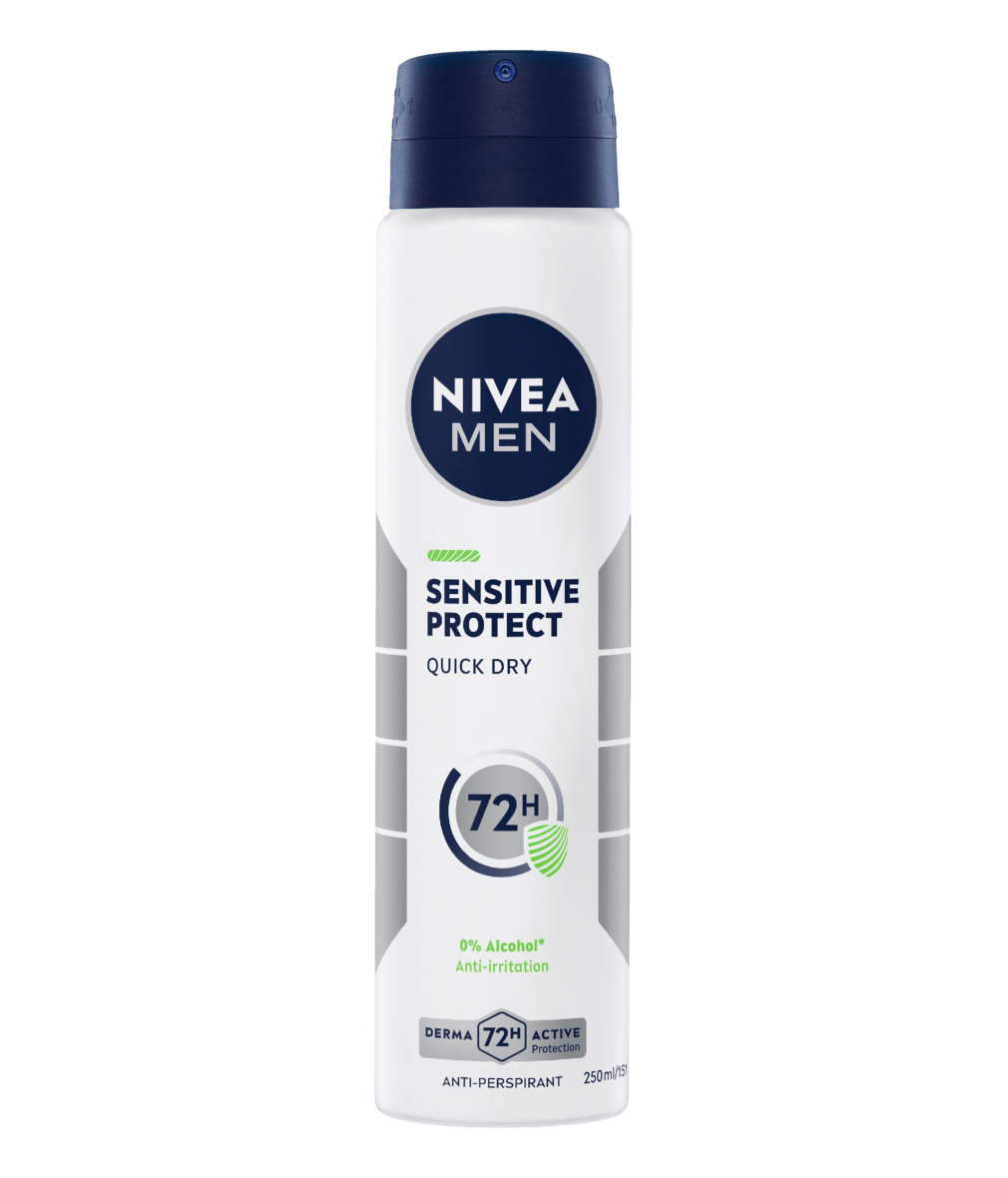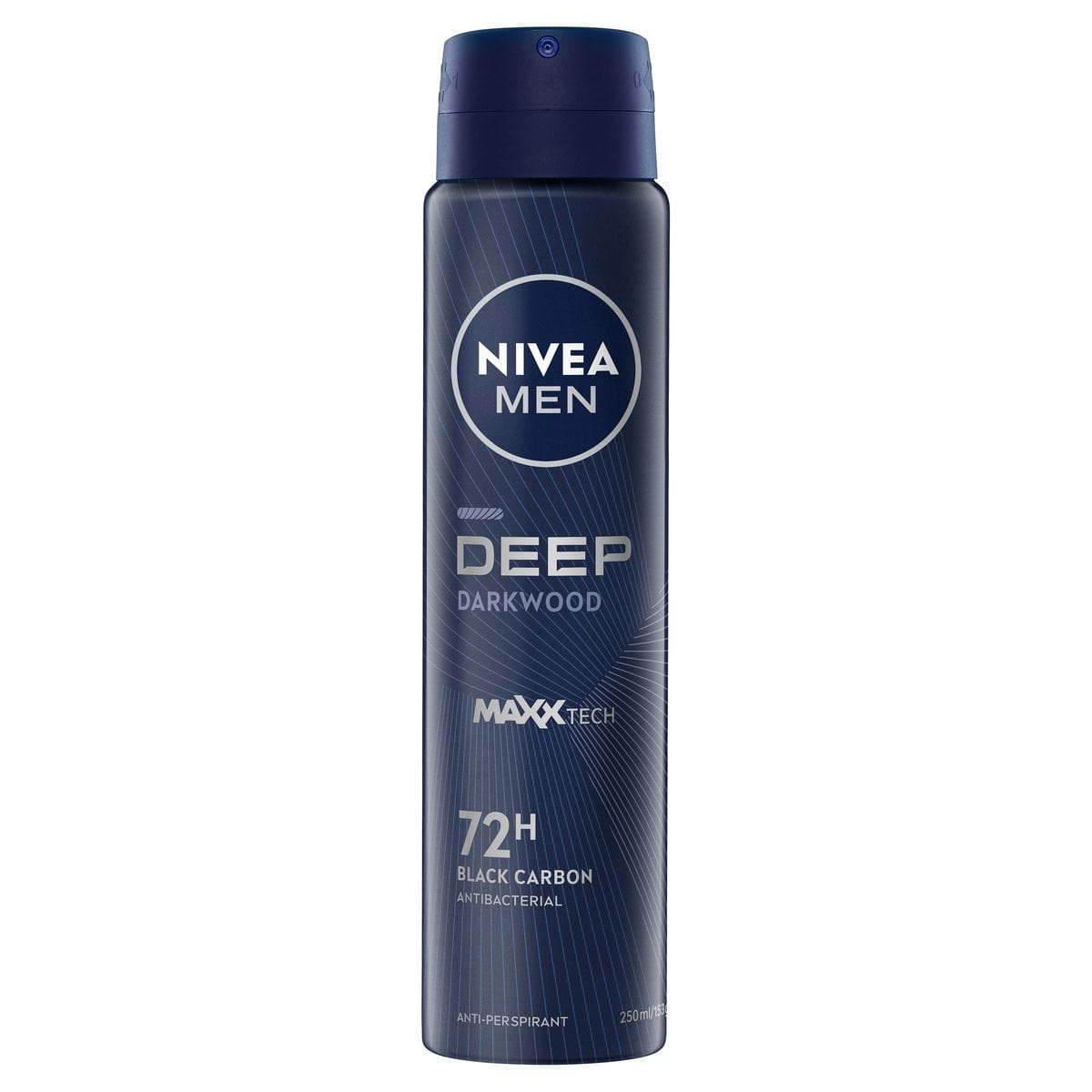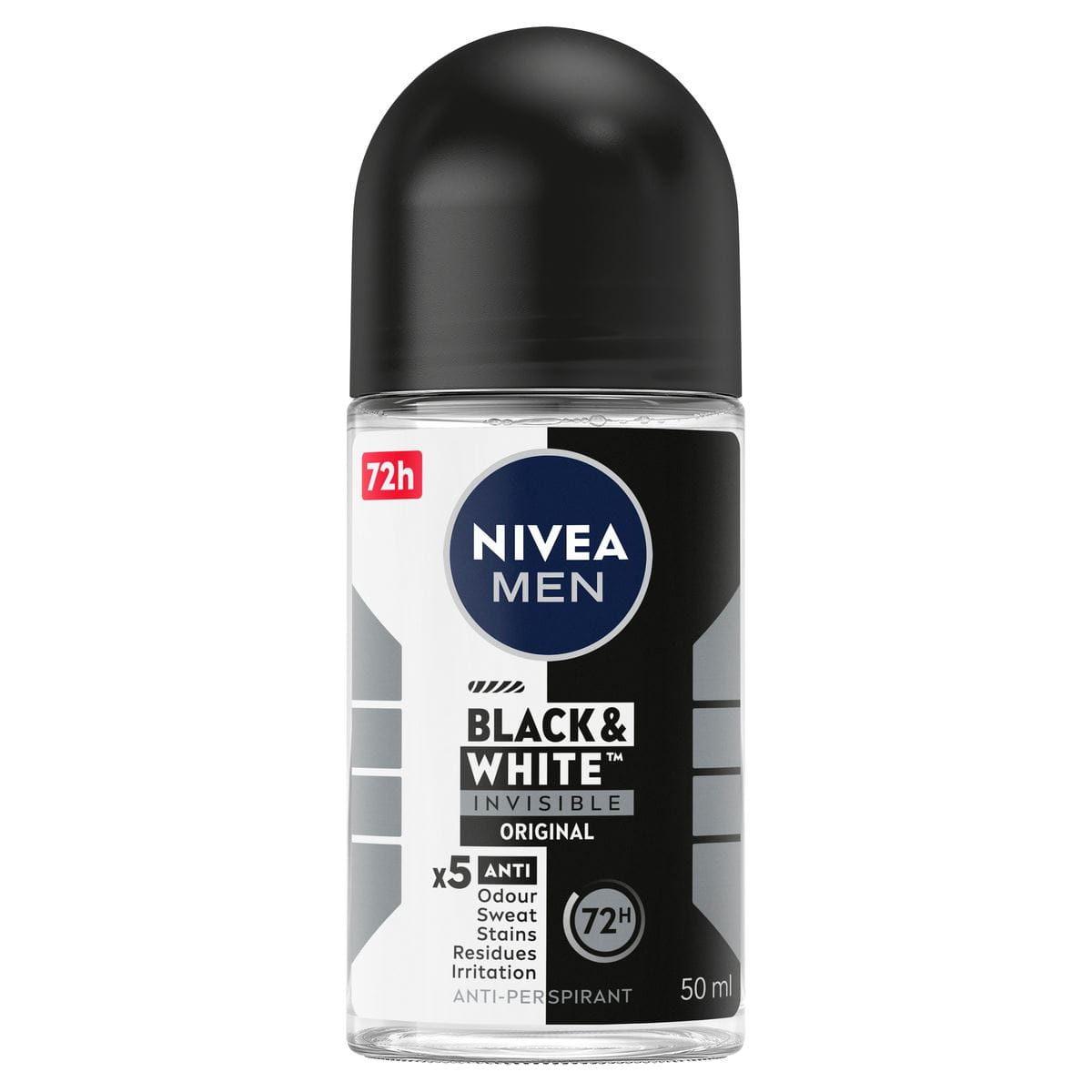
COMBINATION SKIN & OILY T-ZONE
Combination skin is a special case: it consists of two skin types, in which some areas of the face are rather dry, whilst others tend to have oilier and more blemished skin. Combination skin takes its name from the fact that it consists of two skin types: normal to dry skin and oily, blemished skin. The skin in the T-zone, which includes the forehead, chin and nose, is oilier than other areas. It shines and tends to develop impurities, as the sebaceous glands in this area of the face are especially active. The cheeks, on the other hand, are normal to dry.
WHAT ARE THE DIFFICULTIES OF COMBINATION SKIN?
With one section of the skin drier and the other oilier, combination skin can make cleansing and moisturising difficult, as you don't want to dry out the cheeks more or overly moisturise the T-zone. One way to combat this is to apply certain products to certain areas of the face but using too many products risks cross contamination. Instead we recommend using products especially formulated for combination skin.
WILL YOU ALWAYS HAVE COMBINATION SKIN?
Combination skin occurs mainly when you are young. The individual skin areas gradually adjust to each other throughout your life, or your skin in general can become drier as you age. Therefore, over time it is not unusual to notice your combination skin care routine change.
SEASONAL EFFECTS ON YOUR COMBINATION SKIN
As the seasons change, so does your skin. This is especially true for combination skin. Some people's skin becomes drier from the summer sun, other's drier from the winter winds. As the seasons change, do not neglect to evaluate how your skin is doing, and adjust your combination skincare routine accordingly. If skin becomes drier, find a moisturiser that helps to deeply hydrate skin and lock in moisture, without stimulating an increase in oil production.
Here’s how combination skin changes over the seasons:









